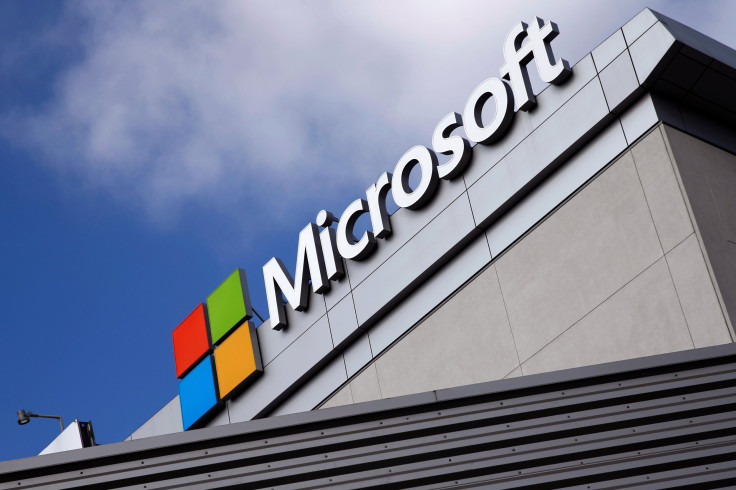Windows 10 free upgrade ends July 29
Microsoft rolls out Windows 10 Anniversary Update on Aug. 2

Attention Microsoft Windows users: free Windows 10 upgrades is set to expire on July 29. Upgrading to Microsoft’s flagship OS will then come with a hefty charge.
Microsoft (NASDAQ: MSFT) launched Windows 10 as a free upgrade to users on July 29, 2015. Those who opt to upgrade beyond July 29 will pay a US$119 (AU$156) charge for Windows 10 Home and US$199 (AU$261) for Windows 10 Pro.
Meanwhile, Windows 10 will cost US$7 (AU$8) per user per month or US$84 (AU$110) per year for Enterprise Versions.
A month after the Windows 10 upgrade was made public, Microsoft monitored over 75 million active users, and by January, Windows 10 installs crossed the 200 million mark. By May, at least 300 million downloads were monitored and based on conservative estimates, the operating system now runs on 350 million devices worldwide.
Hit and miss
To recall, Microsoft Windows head Terry Myerson earlier made a bold target of one-billion devices powered by Windows 10 by mid-2018. The target covers devices such as desktops, laptops, tablets, Xbox One consoles, Windows Phones, Surfaces and the HoloLens virtual reality glasses.
But recently, Microsoft’s Yusuf Mehdi told ZDNet in an interview that “due to the focusing of our phone hardware business, it will take longer than FY18 for us to reach our goal of 1 billion monthly active devices.”
“We’re pleased with our progress to date… In the year ahead, we are excited about usage growth coming from commercial deployments and new devices — and increasing customer delight with Windows,” Mehdi added.
Aside from the paid upgrade, Microsoft is set to roll out its Windows 10 Anniversary Update. It will be made public starting Aug. 2.
The end of free Windows 10 upgrades on July 29 may force users to buy new personal computers than upgrading older ones, according to global marketing intelligence provider International Data Corporation.






